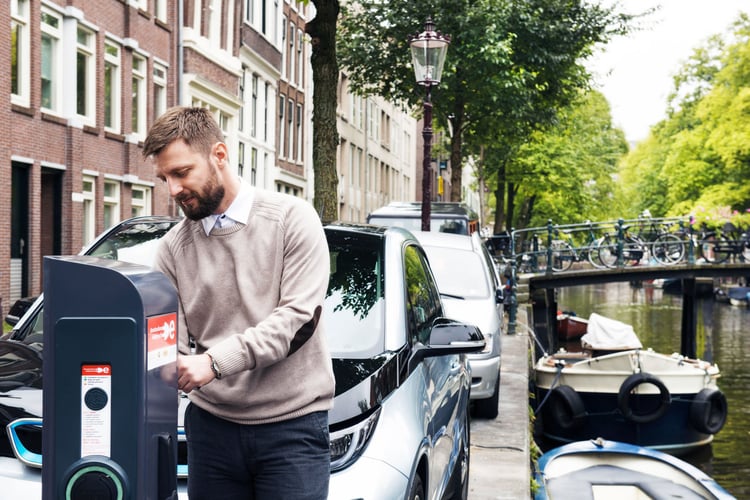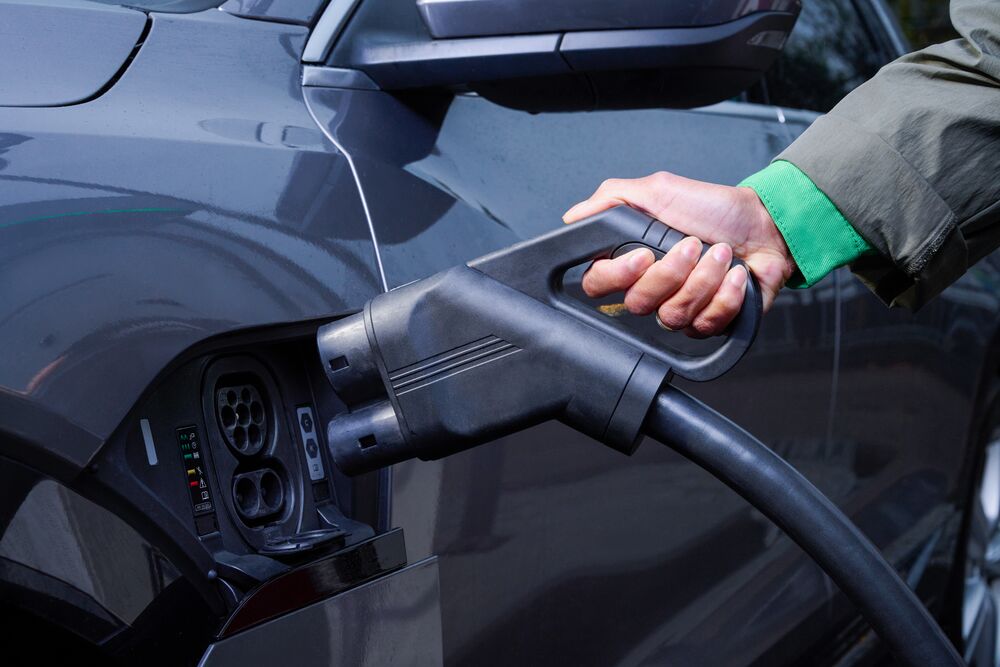-4.png?width=1600&name=Blog%205%20-%20Header%20(1)-4.png)
In the early days of electric vehicle charging, the interaction between drivers and a charging station wasn't a priority. As early adopters are generally known to be intuitive and quite forgiving when working with any new technology, this was accepted. However, as the adoption of electric vehicles amongst the general public accelerates, the driver experience will become more important for businesses offering charging solutions.
From the visibility of the charging station to the speed at which drivers can tap and charge: user experience can be the difference between unsatisfied, one-off visitors and satisfied customers that keep coming back.
Visibility
Before any driver can charge using your DC charging station, they’ll need to be able to find it. So, if you are building a public charging network, your stations have to be available on various online platforms and charging apps, as well as Google or Apple Maps.
Once your public charging stations are visible online, the next step is to ensure that they stand out offline too. Offline visibility comes down to the hardware: your DC charging station can be equipped with LED lighting to help identify stations and LED charging indicators to highlight the available ports.
-4.png?width=3840&height=2160&name=Blog%205%20-%20Image%201%20(1)-4.png)
Safety
Lights
Often, charging stations are installed further away from a gas station or at parking locations with minimal lightning. At night, this can make it difficult to find and navigate charging, directly affecting the customer’s charging experience. LED lights on the top and sides of the charging station can ensure visibility and safety at night.
Cable Management
When it comes to safety, one of the main features of your DC charging station is cable management. Cable management helps with improving driver interaction (see below) and ensures that cables are kept off the ground and locked safely. Loose cables create potential tripping hazards that can lead to injuries; but also, cars can drive over them, destroying your investment.
Cable Cooling
Because DC charging delivers a lot of power, fast, cable cooling may be needed to help safely maximise the output of a station. Depending on your usage and desired power output, there are CCS2 cables available which use liquid cooling technology to deliver high amounts of direct current safely. Keep in mind that cable cooling requires an additional integrated cooling unit.
Interaction
Now that we’ve discussed visibility and safety, let’s discuss the importance of the actual interaction between the driver and the DC charging station.
When a driver arrives at your charging station, the first out-of-the-car interaction a driver will have is with the screen. In the world of touchscreens, it is advised to opt for an easy-to-read touchscreen that is roughly 15” or larger. Furthermore, the driver should be able to choose from multiple languages and multiple authorisation options ranging from simple RFID tokens and apps to the classic credit card terminal.
The steps to initiate charging should be as simple as possible. With DC charging stations, cables can be heavy, so this is where the cable management comes back to help again.
Cable management helps drivers with the weight of the cable and provides an extended reach—it is recommended to have a reach of at least four meters to suit all the passenger EVs on the market.
During the charging session, the screen should provide important information about the session, such as power output and charging duration. Then, once the charging session is complete, the driver is asked to put the cable back.
-4.png?width=3840&name=Blog%205%20-%20Image%202%20(1)-4.png)
Accessibility
When investing in a DC charging station, it’s important to consider how accessible your location is for all EV drivers.
Accessibility features, including wheelchair access, are not only key in advancing the adoption of EVs, but they’re also becoming increasingly necessary to comply with government regulation. For instance, in the U.S., more and more states are required to comply with ADA-requirements (Americans with Disabilities Act). In the UK, according to the Research Institute for Disabled Consumers, 61 per cent of disabled people would consider buying an electric vehicle if EV charging was made more accessible.
Before choosing which EV charging station is right for your location, it’s wise to look up the local regulatory requirements for accessibility in your region.
-4.png?width=3840&name=Blog%205%20-%20Image%203%20(1)-4.png)
Driver experience was once an often overlooked aspect of EV charging, but this isn't the case now. With electric mobility moving beyond early adopters, safety, visibility, driver interaction, and accessibility must be considered when investing in DC charging stations. These factors may well be the difference between drivers coming back to your location versus drivers leaving angry, uncharged, never to return.
|
Discover how to best invest in fast EV charging All kinds of businesses are looking for a scalable and efficient way to offer fast EV charging. Here's everything they should be asking themselves. |
Related articles

7 FAQs about electric car charging
Only a few years ago, electric mobility seemed like a futuristic idea or a hypothetical concept. Nowadays, electric...

Electric car charging cables and plugs explained [2023 update]
Last updated on December 8th, 2023 Charging an electric vehicle (EV) is not a one-size-fits-all endeavor. Depending on...

Where to charge an electric car?
Today, nearly half of all prospective new car buyers are thinking of going electric. Lower prices, wider model variety,...
